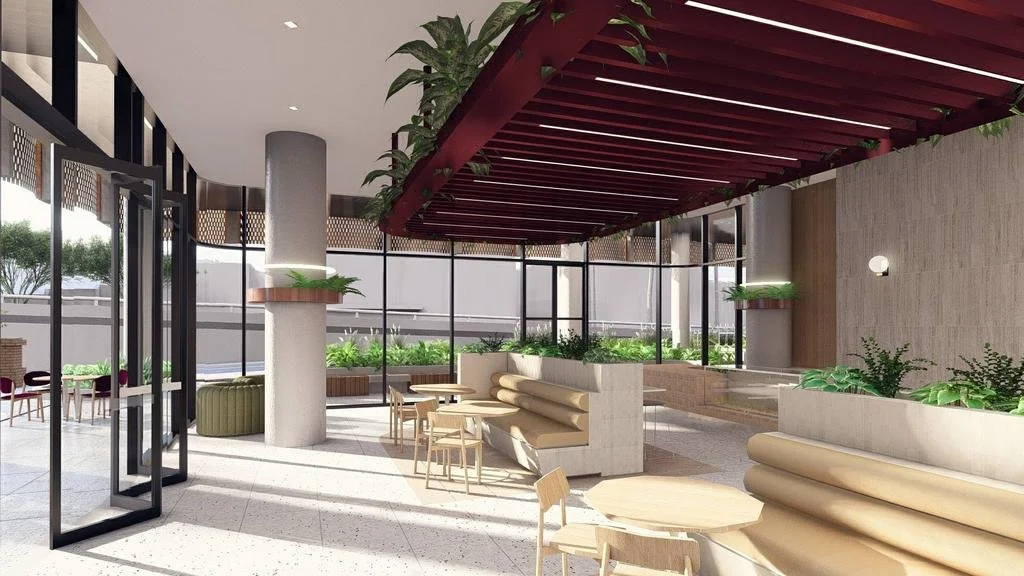Adelaide’s Skyline Deserves Better Than This “Dog’s Dinner” of Development
There’s something unsettling about watching history disappear in the shadow of ambition. The approval of a 33-storey student accommodation tower behind the Holy Trinity Church — the state’s oldest Anglican church, founded in 1836 — is the latest example of a planning culture that prizes height over heritage, scale over soul.
Adelaide is not a faceless metropolis. It is a city defined by its careful layout, green parklands, and historic architecture. The Holy Trinity Church on North Terrace isn’t just another structure — it’s a cornerstone of South Australia’s colonial beginnings. When Captain John Hindmarsh laid its foundation stone in 1838, it was a statement of civic identity. Fast forward nearly two centuries, and that identity is being squeezed beneath glass and steel.
The newly approved $400 million tower, led by developer 1835 Property, promises 1002 student rooms and an “enduring economic asset”. It also promises to loom over the small brick church in a visual juxtaposition that is neither respectful nor sympathetic. To the State Commission Assessment Panel, that might be a trade-off worth making. But to those who care about preserving the integrity of Adelaide’s skyline, it’s another sign of a city losing its architectural compass.
Heritage consultant Sandy Wilkinson captured the mood succinctly when he described Adelaide’s skyline as becoming “a bit of a dog’s dinner of minarets popping up everywhere”. He’s right. Since 2007, planning reforms have weakened controls around building height and plot ratios, leaving regulators with little leverage to demand cohesive urban design. The result? Disparate, oversized developments that appear more like statements of ego than community planning.
What makes this particular project more frustrating is the context in which it was announced. It follows closely on the heels of another controversial decision — the greenlighting of a 20-storey high-rise in Glenside, a suburb long defined by medium-density development. When maximum height limits are overridden through code amendments, it sets a dangerous precedent: that planning laws are negotiable when the right money or pressure is applied.
Acting Premier Susan Close framed the North Terrace development as a necessary step to support the newly merged University of Adelaide and UniSA’s ambition to attract 6000 additional students by 2030. There’s no question that accommodating international students is vital to our economy and our universities. But it should not come at the cost of our cultural inheritance.
Senior Pastor Paul Harrington of Trinity Church supports the development, noting the opportunity it presents for the church to “deploy resources into the growing network of churches” across the state. While his pragmatism is understandable, it doesn’t address the irreversible visual and symbolic impact this tower will have on Trinity’s historic site. The promise of “significant heritage upgrades” is cold comfort when the setting is fundamentally altered.
We are not anti-growth. Nor are we anti-development. What we advocate for is thoughtful planning — development that enhances Adelaide’s character, not erases it. The design of our city matters. It’s what makes us walkable, liveable, and memorable.
To allow a structure that physically and figuratively dwarfs a building of such historic significance is to send a message that Adelaide’s past has no place in its future.
We must demand better from our decision-makers. We must reassert the importance of design principles that prioritise context, character, and cohesion. Because if every church, every park, every historic site is fair game for overshadowing, we’ll soon be a city that no longer recognises itself in the mirror of its own skyline.
Let’s not allow short-term development to cast a permanent shadow over our long-term heritage.
